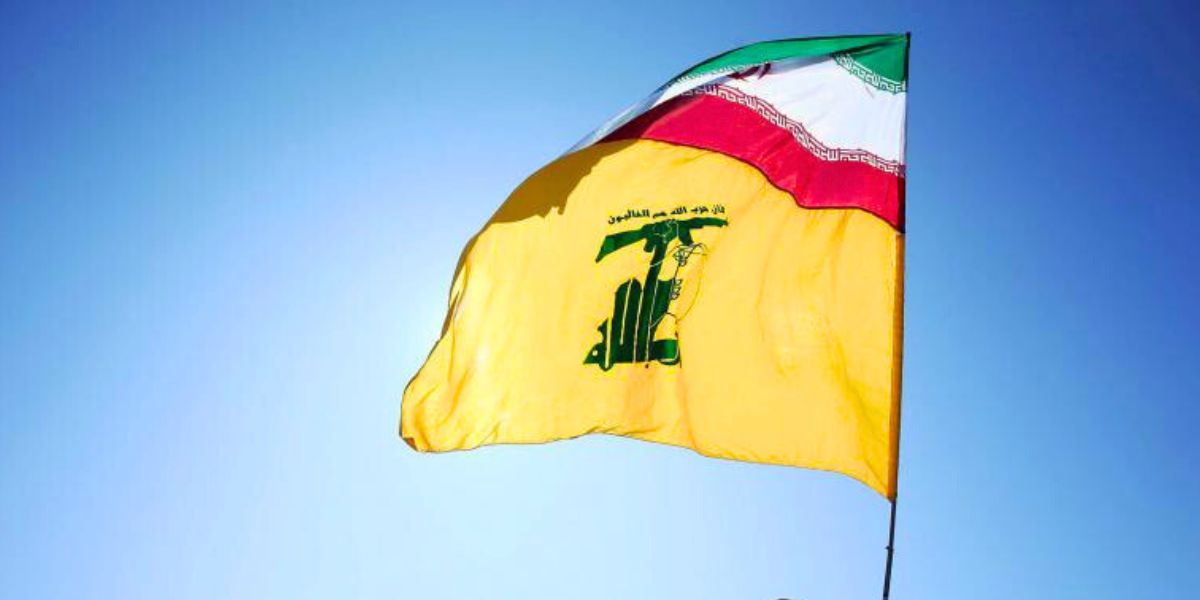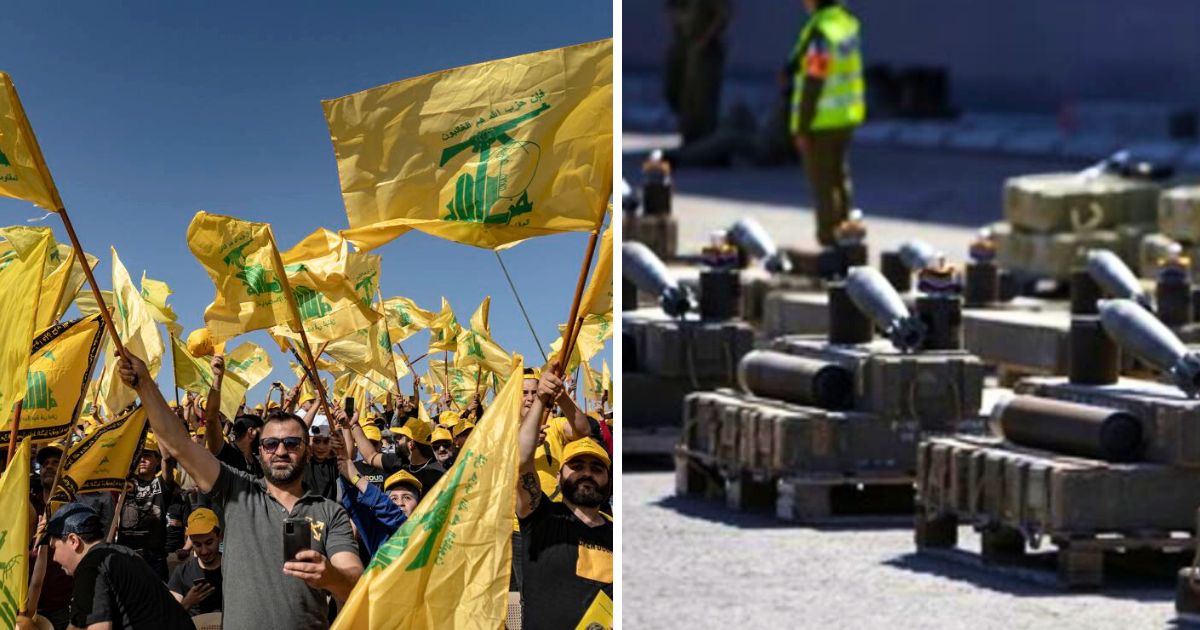Saint Georges, also known as Mar Geryus in Lebanese, is the Christian Saint well known to have slain the dragon; a monster said to have arisen out of a small lake in Beirut in the year of 203 AD.
St. Georges killed a dragon and fought for the sanctuary of Beirut against the hands of greed and destruction, and is now fighting a new beast: the false capitalism that has taken over our Capital, Beirut.
We have all passed by an old broken building near the modern prestigious Zaitunay Bay (initially Saint George Bay) on Beirut Marina, and the “Stop Solidere” sign might have caught our attention.
Little do we know that this building on its own has been in civil disobedience ever since the Lebanese joint-stock company Solidere promised to redevelop Beirut Central District in 1990.
By looking at St. Georges Hotel, we can imagine the warm breezy summers of the 60s, of women tanning and men trying to charm these women with their biceps and their Lebanese traditional mustaches.
We can feel the heritage of the hotel flashing by our eyes, of new weds reserving a week in the luxurious honeymoon suite on the third floor and foreign politicians choosing this hotel for a weekend getaway with… their mistresses?
The spirit of the business meetings held by men and women sipping on their wine and discussing the thriving 60’s Lebanese economy still lingers on the pink stone building.
This pink building still hides the scandals of Beirut’s elites and the memories of Brigitte Bardot and Elizabeth Taylor’s holidays at St. Georges and the memories of Richard Burton’s swimming days in the Mediterranean.
St. Georges Hotel is located right in the heart of Beirut Marina, glaring at the most famous hotel to still be functioning: Phoenicia Hotel. Both hotels were present before and during the 1975 Lebanese Civil War, with one being able to survive and flourish.
Even though St. George’s hotel survived the destruction of looters, the souls of those who died inside it still shadow the torn beige curtains and balconies.
Built in 1929, St. Georges was described in 1973 by Fortune Magazine as one of the most beautiful hotels in the world.
It was, until 1975, the cosmopolitan center of Beirut city and the privilege of the most successful local and international personalities.
Many international personalities have sought this hotel in its flourishing days: the King Hussein of Jordan and his family, the Shah of Iran and Princess Soraya, Georges Bush Sr. before he became President of the USA, and many of the Arab leaders and celebrities like Oum Kolthoum among the guests.
The Hotel, like many other buildings, fell victim to the Civil War‘s snipers who invaded hotels and took them as contact points in what is called the Battle of the Hotels.
St. Georges, alongside Phoenicia Inter-Continental, Holiday Inn, Palm Beach, Excelsior, and the Normandy, among other hotels, were pinpointed as strategic fronts for war militias.
After the Civil War ended and the reconstruction of Beirut was at its peak, the owner of St. Georges, Fady El-Khoury, decided to revive the Hotel.
But, he was met with a major conflict with Solidere that has prohibited the hotel from reclaiming a part of the coast that is essential for its revival.
A decree issued in 1994 gave Solidere the right to expand in a maritime area outside its boundaries into an area that belonged solely to the St. Georges hotel, hence violating all standing rules.
Ever since then, Khoury has refused any compromise and stood still against the government requests to help in renovating the hotel with the arbitrary conditions imposed by Solidere.

















